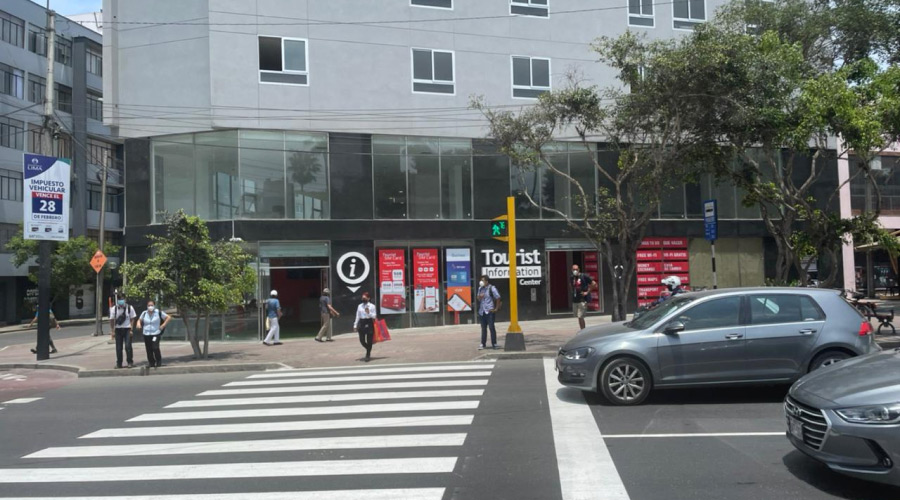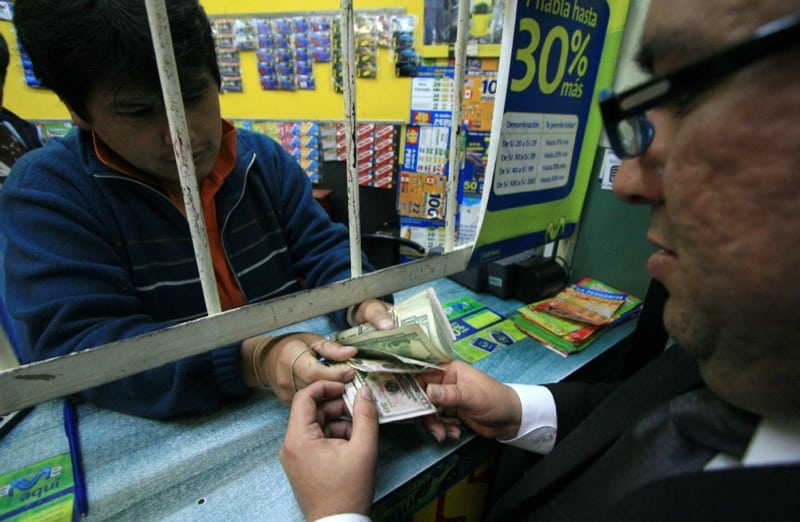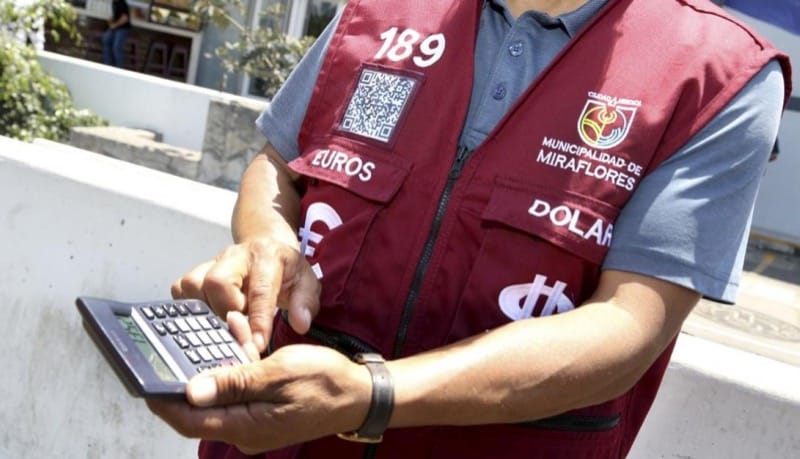With millions of people coming through Lima every year from all corners of the world, the city definitely sees its fair share of visitors. For that reason, you’ll find that Lima is very accommodating for changing various foreign currencies to Peruvian Soles. While this subject can leave many travellers concerned when arriving to a foreign city, there’s no need to worry here. The process of changing currency in Lima is simple, easy, and safe. Just follow our guide below and you’ll be fully prepared to utilize all the different options for currency exchange in Lima.
Visit the Tourist Information Center in Lima for travel info, money exchange, sim cards, maps, and more.
Money – USD can be used in most places but recommended to exchange to Peruvian Soles. Credit cards are accepted everywhere. Be aware of high ATM withdrawal fees.
Flights – LATAM Airlines is the best airline for internal flights, the most reliable with the least cancellations.
Bus travel – Peru Hop is the most reviewed and highest-rated travel company. Their website is very detailed and full of useful info. Read more HERE
Machu Picchu – Book in advance (ticket, train, guide, and bus all needed). Yapa Explorers is strongly recommended for the best tours/treks to Machu Picchu, click HERE for more info.
Must-visit places Huacachina Oasis, Rainbow Mountain, and Secret Slave Tunnels have been considered the MUST-VISIT places in 2025.
Day Trips in Peru – Short on time? Check the best-rated Day Trips from Lima to Paracas & Huacachina or full day Sun Route tour in the Cusco/Puno route with Inka Express!
The following are some of the most common places to exchange money in Lima.
The Tourist Information Centers located in Miraflores (addresses below) are one of the most popular option for exchanging money. They offer competitive exchange rates and don’t charge a commission. It’s also the perfect place to exchange money since their team is there to help were you to have a question or need help planning your trip in Peru.
Addresses of Tourist Information Centers:

The casas de cambio, or exchange houses, are just like most exchange houses you’ll find all over the world. Their sole purpose is to exchange currency and they do so at a correct rate. These can be found all over the city and are generally one of the safest places to exchange currency, especially large amounts.

You will be able to change your currency in Lima airport at the currency exchange counters. I would NOT recommend exchanging your money here as you may not get a good rate. This is a general rule for most airports all over the world. If you are in a hurry and need some cash right away, change a little bit for convenience. The rates are not complete robbery, they’re just not as favorable as what you’ll find elsewhere.
Of course a bank will exchange your money, but does this involve a lot of hassle? Actually, changing money at a bank in Lima is usually relatively stress-free. Banks in Lima’s tourist-friendly Miraflores district are sure to have the correct exchange rates and will also have English-speaking employees to assist you. They are also the safest bet if you have a less-common global currency. ATMs at banks also give good exchange rates when withdrawing with a DEBIT Card, but there may be a transaction charge (usually a fixed amount in soles).
Yes, supermarkets. Peruvian banks such as Interbank have set up branches in many supermarkets just for your currency exchange convenience. These will generally be found in the high-end supermarkets such as Vivanda and Wong.

Cambistas are street money changers and that is just what it sounds like: people on the sidewalk holding wads of cash in different currencies who will calculate the exchange rate of dollars and euros to Peruvian soles and change your money for you. While this concept may seem bizarre or dangerous, it can actually be one of the best ways to change your money in the tourist district of Miraflores. Cambistas are registered with the city and wear official maroon vests with a visible QR code to help verify their identity. The whole process is usually quick, convenient, and secure. Note, however, that cambistas can occasionally be targets of robberies due to their location outside. For this reason, it’s best to only change small amounts of money with cambistas (and in general it’s a good idea not to carry too much cash unless it’s necessary).
Not every accommodation facility will provide this, but many do! While this is a very convenient place to change currency, you usually will not get the best exchange rate here. Changing money at your hostel or hotel is a great solution when you need to change some bills fast, but head to one of the other options for a more favorable rate.
Counterfeiting: Every time you make a purchase in Peru, the person checking your note will usually check it quite thoroughly. It’s a habit because counterfeiting is a reality. It can sometimes be difficult to determine whether a bill is counterfeited, especially for tourists. Make sure to familiarize yourself with Peruvian currency before you arrive.
Ripped Bills: Peruvian banks can be somewhat strict about accepting torn notes, and many stores follow suit. Cashiers and storekeepers will often refuse to accept notes that are ripped or in bad condition. If you receive a damaged note as part of your change after a purchase, kindly ask the cashier to exchange the bill for one that is in better condition.
Now that you’ve read this guide, you should know everything you need to know to exchange currency in Lima. Now the only thing is to enjoy your trip to this amazing city!